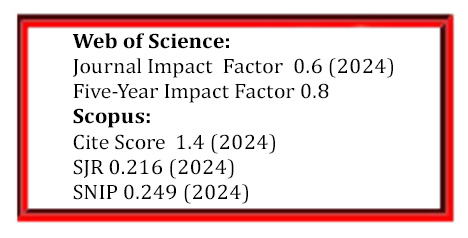Vertical Bone Augmentation Using a Pre-Formed Magnesium Barrier Membrane on a 3D-printed Model – A Case Report
DOI:
https://doi.org/10.5755/j02.ms.40539Keywords:
guided bone regeneration, magnesium, bone screws, biocompatible materials, alveolar ridge augmentation, xenograftAbstract
The restoration of edentulous jaws with dental implants has become a cornerstone of oral rehabilitation. However, extensive bone defects and especially vertical ridge deficiencies present a significant challenge to clinicians. This case report presents the utilization of a resorbable magnesium barrier membrane and magnesium screws for vertical bone augmentation, showcasing magnesium's unique properties-biocompatibility, mechanical strength, and resorbability as a promising alternative to both resorbable and non-resorbable membranes. A 49-year-old male with extensive bone deficiency in the maxillary premolar region underwent vertical ridge augmentation using a xenogenic bone substitute material, a pre-shaped magnesium membrane, and magnesium screws. Preoperative 3D printing and manual defect reconstruction provided precise planning and reduced intraoperative time. Magnesium membranes combine the mechanical properties of non-resorbable materials while also reducing patient morbidity by eliminating the need for second-stage surgery for their removal. 3D printing and pre-surgical planning optimize efficiency and execution of the procedure. To the best of our knowledge, this is the first report of guided bone regeneration using a pre-shaped magnesium membrane designed on a 3D-printed model. While early results are encouraging, further research is needed to validate the long-term efficacy of magnesium-based materials. The results of our case report highlight the potential of personalized, material-driven solutions for the treatment of complex cases in dental implantology.
Downloads
Published
Issue
Section
License
The copyrights for articles in this journal are retained by the author(s), with first publication rights granted to the journal. By virtue of their appearance in this open-access journal, articles are free to use with proper attribution in educational and other non-commercial settings.



